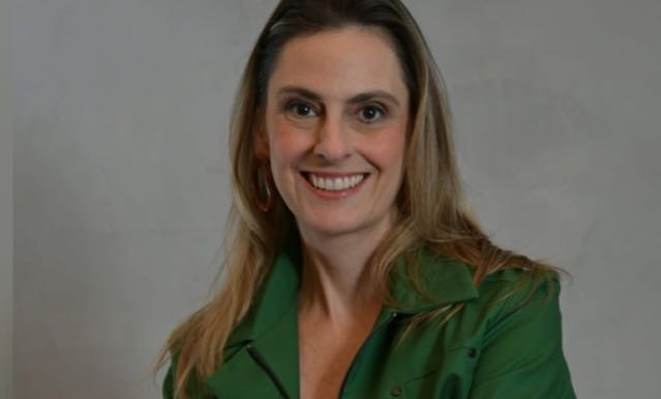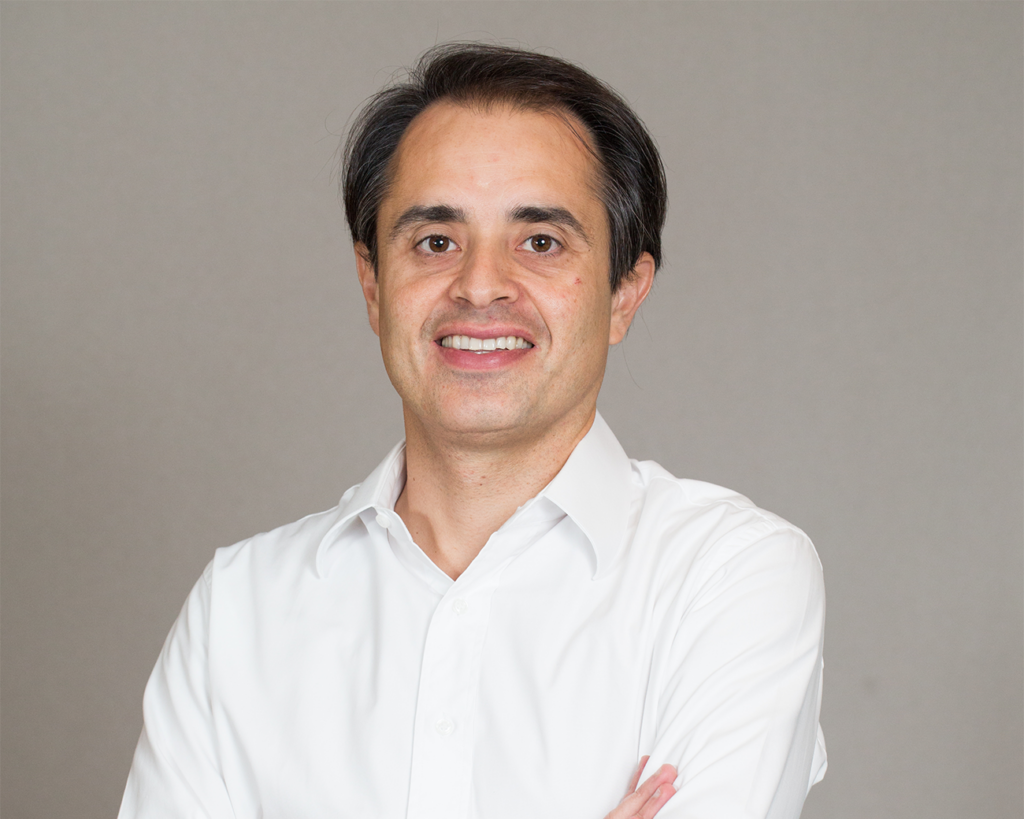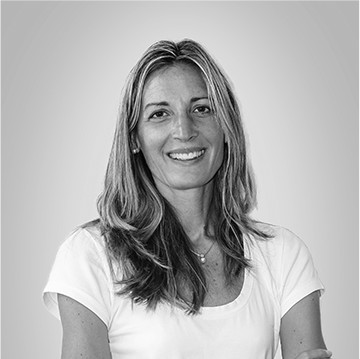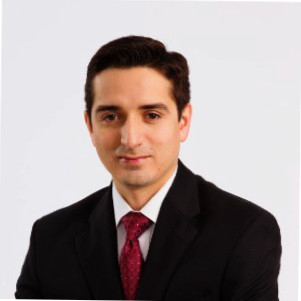LP Profiles, Member Profiles
Fiona Yung, Investment Manager of Carnegie Mellon University
23 September 2014

LAVCA caught up with institutional investor Fiona Yung, Investment Manager for Carnegie Mellon University, to learn how their success with fund of funds in other emerging markets will color potential allocations to Latin America.
LAVCA: Please give some background on CMU’s investment office. What percentage of your portfolio do you allocate to Private Equity? What about emerging markets and Latin America specifically?
Yung: Carnegie Mellon University’s (“CMU”) Investment Office currently manages assets of approximately $1.5 billion and pursues a globally diversified, alternatives-focused investment program. Approximately 25%-30% of CMU’s endowment is allocated to private equity. Currently approximately 6.5% of the endowment is invested in dedicated emerging Asia private equity managers. The endowment does not have any dedicated exposure to or formal allocation to Latin America private equity or to any other emerging market region outside Asia.
LAVCA: What is your experience with the Latin American market? When did you start more closely tracking the region? What attracts you to LatAm?
Yung: CMU is seeking a globally-diversified investment program with a particular focus on private sector, domestic consumption growth across emerging markets. Latin America is particularly attractive for these reasons. I joined CMU’s investment office about 18 months ago from a background in China-focused private equity and first began tracking Latin America earlier this year. I am learning about the region, its opportunities and risks, and have been extremely grateful to LAVCA for helping me get up to speed.
LAVCA: How has your allocation to developed vs. emerging markets evolved in recent years?
Yung: Prior to 2005, CMU’s endowment pursued a US-focused, consultant-driven, traditionally biased investment strategy. Since 2005, CMU began staffing an internal investment team and began pursuing alternative investments including investments in private equity and emerging markets. CMU’s first investment in an emerging Asia manager was completed in 2006 and the university’s Asia private equity program has now grown to represent approximately 6.5% of the endowment. In public equities, the university’s allocation to traditional, passive, public emerging market equities has increased to approximately 10%.
LAVCA: Which LatAm countries are of most interest and why?
Yung: Brazil, as the largest economy in Latin America is of high interest. In Brazil, we find the mid-market most attractive and would be interested in a dedicated Brazil manager. We are also interested in the Andean region, Colombia and Peru, due to its comparatively high growth prospects and attractive demographics.
LAVCA: How does a team of your size effectively evaluate investment opportunities across asset classes and geographies? Do you ever work with fund of funds or investment advisors?
Yung: Staff bandwidth is likely the biggest constraint on expansion into new regions. We continue to work closely with global and regional fund of funds. The university’s first investment in Asia was a dedicated, regional fund of funds who has been a terrific partner for CMU. We continue to commit to this manager, even after establishing CMU’s own program, because their insights on the ground remain extremely valuable. We view this manager as an extension of CMU’s investment team. We would certainly consider replicating a similar fund of funds strategy in Latin America.
LAVCA: What are your views regarding exposure to global funds, versus regional or country-specific funds? Do you prefer managers that take an opportunistic approach or those with specific strategies? Would you consider managers who mainly conduct minority stake transactions?
Yung: We are generally biased towards regionally-focused or country-specific funds for larger economies, not global funds. We are simply looking for the best managers and are agnostic as to minority or buyout focus. What is more important for us is how the specific skill set of the manager complements their strategy and the microenvironment in which they operate.
LAVCA: What are the 2-3 biggest challenges for international LPs looking to invest in the region?
Yung: As a potential first-time, U.S. dollar, investor in Latin America, my biggest concern is currency risk. My second biggest challenge is to sufficiently understand individual market, legal, financial and regulatory dynamics within each country in order to appropriately evaluate the risk/reward opportunity set.
LAVCA: What is the typical size of commitment you make to a fund? Are the funds currently available in Latin America a good fit for an investor of your scale?
Yung: CMU’s typical commitment size is US$5m to US$10m which should be a good fit for many mid-market, single country and regional LatAm funds.
LAVCA: Can you describe your due diligence and selection process? What experience level are you looking for in a manager? Why? Would you consider investing in a first time GP (globally and/or in LatAm)?
Yung: CMU typically seeks GPs with a vetted track record. Particularly in emerging market private equity, we are ideally seeking managers raising their second fund or later, who have kept their original key team intact, where the fund size is similar enough in order to maintain a consistent investment strategy. We are looking for disciplined managers that buy well, have strong sourcing networks, have demonstrated value-add and have an exit or liquidity event track record. Diligencing a first time fund in Latin America would be extremely challenging for us; as a result, investing in a first time LatAm fund would be highly unlikely. Having said that, we find managers raising their second fund particularly interesting. In general, I prefer to first evaluate the dataroom and deal-by-deal track record before meeting in person or via conference call with GPs.
LAVCA: What are the most important factors you consider/characteristics you look for when selecting fund managers and what advice would you give to managers looking to work with CMU?
Yung: Very simply, we’re looking for GPs that complete good deals, that operate with the highest integrity and transparency and that have the potential to build (or already have built) an institutional quality platform that the university can continue to invest with over multiple fund cycles. We are looking forward to building an investment program in Latin America and hope to establish long term relationships in the region.
You may be interested in...
-

Luciana Antonini Ribeiro, eB Capital
Executive: Luciana Antonini Ribeiro, Co-Founder and CIO Member Name: eB Capital Year...
-

Cristiano Gioia Lauretti, Kinea Private Equity
Member: Kinea Executive: Cristiano Gioia Lauretti, Head of Private Equity HQ: São...
-

Maria Pia Iannariello, MGM Innova Capital
LAVCA recently spoke with Maria Pia Iannariello, Co-Founder & COO of MGM Innova Capital,...
-

Rafael Ramirez, Portfolio Manager, Alaska Permanent Fund Corporation
LAVCA recently spoke with Rafael Ramirez, Portfolio Manager– Private Equity &...
